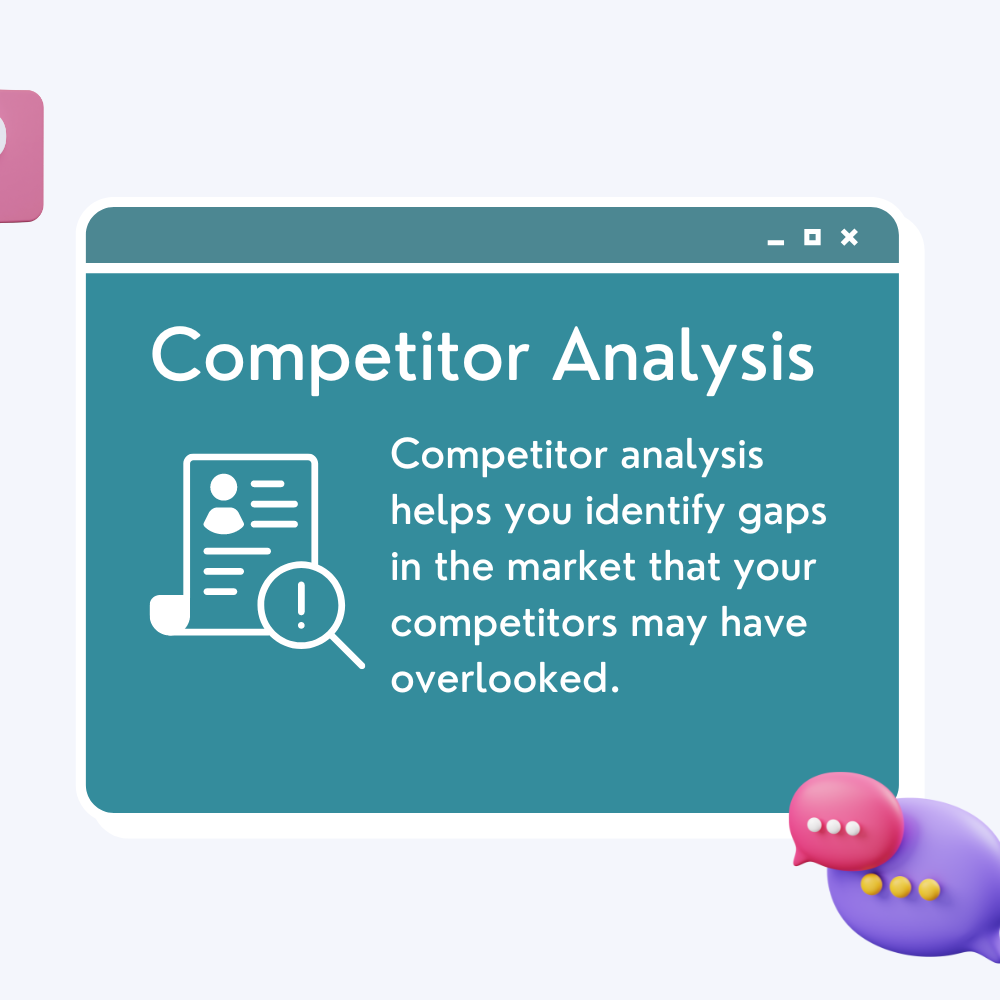Your knowledge can empower others to learn new skills and achieve their goals. Do you want to share your knowledge as a coach, course creator, or membership business owner? How will you decide what information to impart in your knowledge sharing business? In this article, we’ll explore effective strategies for sharing what you know and engaging your audience.

Understanding What to Share With Your Audience
With so much information in your head, it can be tough to decide what to share. Knowing what to impart with your audience requires a deep understanding of who they are and what they need.
Here are five strategies from our Eff-Ex Program, an online masterclass helping knowledge sharers turn their ideas into:
- Courses
- Coaching programs
- Memberships
Do you want to know more information on how the Eff-Ex program can help you start a knowledge sharing business?
Schedule a chat with Nikki to learn more.
Book a chat
Knowledge Sharing Business Tip #1: Know Your Audience
Take the time to understand your audience because it’s the key to creating training programs that meet their needs. When you know your audience well, you can create content that truly resonates with them. Here are ways to discover what your audience needs.
Surveys and Questionnaires
Use surveys and questionnaires to gain insights into your audience’s preferences, challenges, and goals. Here’s how to use them effectively:
Ask the Right Questions
Craft questions that get to the heart of what your audience needs. Ask about their learning preferences, the topics they’re most interested in, and any challenges they face. Use a mix of multiple-choice and open-ended questions to gather detailed information.
Reach Out Widely
Use your email list, social media channels, and website to distribute your surveys. The more responses you get, the better you’ll understand your audience.
Study your results
Look for common issues raised in the responses. This information will help you tailor your content and offer solutions to your audience.
Example:
If you’re a fitness coach, a survey could reveal that your audience is particularly interested in home workout routines and nutrition advice. This information can guide the creation of your next online course or video series.
Knowledge Sharing Business Tip #2: Conduct Competitor Analysis

Analysing your competitors can give valuable insights into what works well in your chosen knowledge sharing business. Here’s how to conduct a competitor analysis:
Know Your Competitors
Start by identifying other businesses or individuals who offer similar training programs. Look at both direct competitors and those in related fields. This will give you a comprehensive view of the landscape and help you see where you fit in.
Evaluate Their Offerings
Examine their content, delivery methods, and marketing strategies. Pay attention to what topics they cover, how they present their material, and how they engage with their audience. Note the content that gets the most engagement, such as:
- Blog posts
- Videos
- Social media posts
Learn from Their Successes and Mistakes
Observe what information is getting attention from their audience. Remember to consider any needs that are not being met. Use this information to differentiate your offerings and address unmet needs.
Knowledge Sharing Business Tip #3: Gather Feedback
Direct feedback from your audience is invaluable. It helps you understand their experience with your current content and identifies areas for improvement. Here’s how to gather and use feedback:
Ask for Feedback Regularly
After every training session, course, or webinar, ask for feedback. Use follow-up emails, feedback forms, or even direct conversations to gather insights.
Act on the Feedback
Analyse the feedback to determine common suggestions or criticisms. Use this information to refine your content and make improvements. Show your audience that you value their opinion by implementing their suggestions.
Knowledge Sharing Business Tip#4: Know the Value and Relevance of Your Knowledge
Understanding the value of your knowledge is key to ensuring it resonates with your audience. Here are ways to gauge the value of your knowledge:
Align with Current Trends
Follow industry news, read related blogs, and engage in webinars or conferences. Knowing the latest trends in your industry will help you create relevant content.
Tip: Subscribe to industry newsletters and join professional groups on social media to keep your finger on the pulse of your field.
Evaluate Outcomes and Impact
Assess the impact of your content to determine the relevance of the information you share. Examine engagement, completion rates, and testimonials. If your audience is achieving their goals and providing positive feedback, it’s a sign that your content is valuable and relevant.
Knowledge Sharing Business Tip #5: Know Your Passion
When it comes to building a thriving knowledge business, understanding your passions is essential. It drives your creativity and serves as a compass, guiding you toward the topics and themes that matter most to you. When deciding what information to share, consider what truly excites you and ignites your curiosity.
Explore the following questions to understand your passions. Hopefully, this will lead you to discover your what you love and ignite a sense of purpose within you.
1. What topics do you constantly read during your free time?
2. When talking to others, what subjects do you discuss passionately?
3. What hobbies bring you a sense of joy and fulfilment?
4. When reflecting on past experiences, which moments stand out as particularly meaningful or impactful to you?
5. What are your core values? How do they influence the way you approach life and work?
Conclusion:
Sharing your knowledge is a powerful way to empower others. As a coach, course creator, or membership business owner, deciding what information to share can be challenging but also rewarding.
Know your audience, gather feedback, and evaluate the relevance of your content. These steps will help you create content that matters to your audience.




